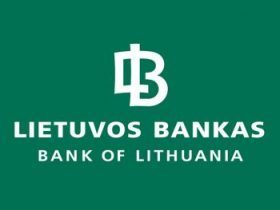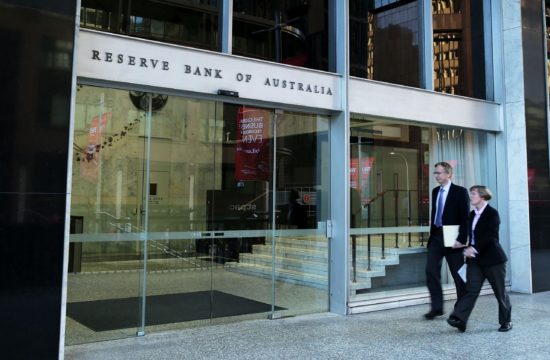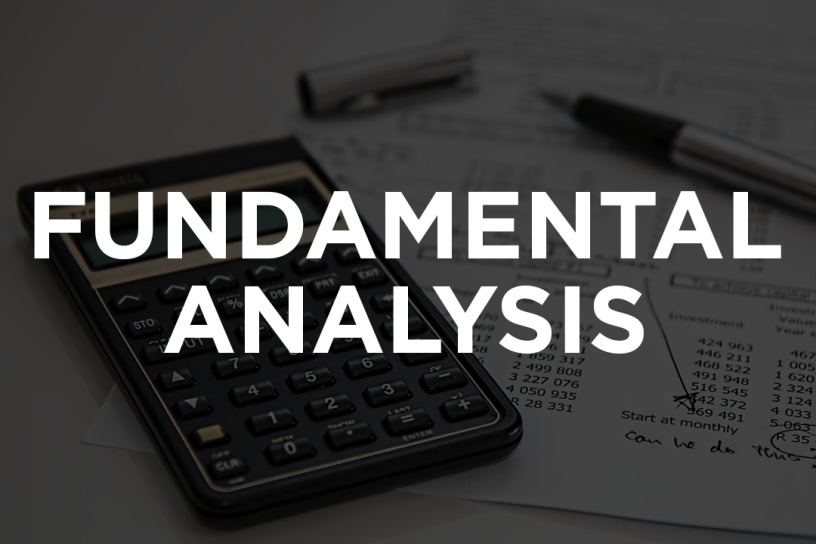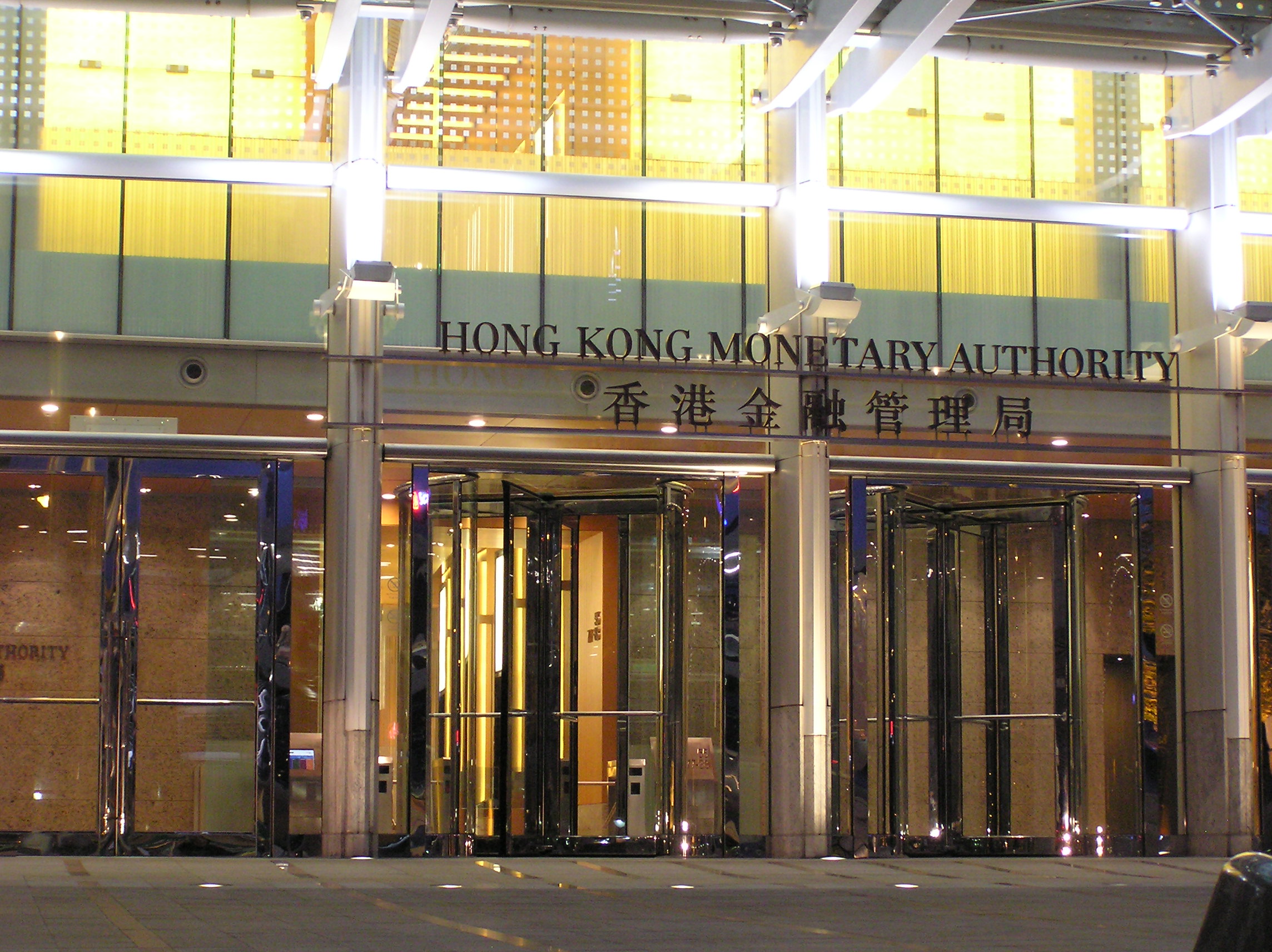The Bank of Lithuania notes that even in difficult working conditions issuers should pay sufficient attention to investor protection as well as the functioning and stability of the capital market. To this end, it is necessary to ensure that the information needed by investors and other market participants continues to be properly disclosed so that they can assess their investments in a timely and appropriate manner to make fair and informed decisions.
Regarding provisions of the Market Abuse Regulation
Issuers, their managers and persons closely associated with them must comply with the provisions of the Market Abuse Regulation and the requirements stipulated therein (e.g. regarding timely disclosure of inside information, compliance with managers’ trading rules, updating insider lists, publication of information on transactions conducted by managers and persons closely associated with them). It should be noted that, in general, additional measures taken by issuers for business continuity purposes during the quarantine period (such as partial suspension of activities, review of received or granted loans, revision of profit forecasts) are also considered as inside information and should be disclosed in accordance with publicly established procedures.
Regarding decisions of management bodies and the general meeting of shareholders
Being aware that it may be difficult to convene general meetings during the current period, meetings of companies’ management bodies or committees set up in management bodies, whose decisions are necessary in certain cases specified in the Republic of Lithuania Law on Companies and other legal acts in order to confirm and disclose specific information, the Bank of Lithuania nevertheless expects the listed issuers to make every effort to ensure fulfilment of their obligations towards shareholders and legal requirements for the disclosure of periodical and additional information. For this purpose, it is recommended to make full use of electronic communication channels and promote voting in writing by sending ballot papers by regular mail or email. Moreover, issuers should follow announcements published on the website of the Ministry of the Economy and Innovation of the Republic of Lithuania which is responsible for shaping legal corporate policy, which may be relevant to both issuers and other legal persons operating in the Republic of Lithuania.
Regarding disclosure of annual and interim information
Please note that following the procedure set out in the Republic of Lithuania Law on Securities, issuers must make public their annual reports no later than within four months after the end of each financial year, while the half-yearly information must be published no later than within three months after the end of the reporting period. However, if, for objective reasons, the specified reports cannot be published in a timely manner, please publish the relevant information on any delays, the reasons behind them and the expected deadline for publication. The Bank of Lithuania, having regard to the statement issued by the European Securities and Markets Authority (ESMA) concerning potential delays in the publication of annual and half-yearly financial reports in the context of the COVID-19 outbreak, will tolerate such delays and will not impose any sanctions if they are objectively justified (e.g. in case the auditor’s report has not been prepared or if the meeting of shareholders has not been convened) and the market and the Bank of Lithuania are duly informed on the reasons for the delays and the new deadlines for disclosure of the required information. In this case, the publication of annual financial reports must not be delayed by more than two months, while the publication of half-yearly financial reports – by more than one month. Delays up to one month will be tolerated in respect of quarterly financial reports for the reporting period ending on 1 April 2020, provided that the market and the Bank of Lithuania must be informed on the reasons for the delays and the expected publication deadlines.
Regarding disclosure of financial performance measures
According to the Alternative Performance Measures (APM) Guidelines, the definition and calculation of an APM should be consistent over time. Consequently, issuers should apply these measures with caution when disclosing previously used APM and/or incorporating new APM in order to determine the impact that COVID-19 may have on performance, financial position and/or cash flows. When disclosing APM, issuers should ensure that these measures provide a fair review of development and performance of the business and of the position of the issuer, and do not provide a misleading depiction of the performance of the issuer that could affect the price of the financial instruments concerned. Moreover, before adjusting previously used APM or incorporating new APM, issuers should carefully assess whether the expected adjustments or new APM will provide transparent and useful information to the market, improve the comparability and understanding of APM. It is therefore essential to assess whether it is appropriate to add new APM or to adjust previously used APM, with the COVID-19 outbreak having a significant impact on the issuer’s overall financial activity, condition and/or cash flows, as these new or adjusted APM may not provide reliable or more reliable information to the market and may mislead consumers from the point of view of the issuer’s assets, liabilities, financial position and profit or loss.
Therefore, instead of adjusting the existing APM or including new APM, it would be more appropriate to focus more on disclosure of information, clarifying how COVID-19 affected and/or is likely to affect the activities and results of issuers, the level of uncertainty and the measures taken or planned to address the problems caused by the COVID-19 outbreak. These explanations may, where appropriate, include detailed information on how specific circumstances related to COVID-19 have affected assumptions and estimates, such as impairment losses, expected rental costs or received grants.
Regarding trading on the regulated market and the multilateral trading facility
The Bank of Lithuania takes the view that it is essential to maintain the efficient and open market in financial instruments, which is vital for the functioning of the financial system and the economy as a whole. Open markets allow prices to develop in line with the changing information, provide investors with useful liquidity, enable them to revise portfolios of financial instruments and meet their contractual obligations. The Bank of Lithuania, in coordination with ESMA, continues monitoring developments in financial markets caused by COVID-19 and stands ready to exercise its legal powers as the central bank to ensure the proper functioning of the market in financial instruments. The Bank of Lithuania has agreed with Nasdaq Vilnius, AB that issuers’ requests to suspend trading in their securities will continue to be examined as before and will have to be reasoned and related to the disclosure of information to investors or the smooth functioning of the regulated market. Prior to submitting a request for the suspension of trading, issuers must assess whether their request is objective, reasoned and legally justified.
Regarding submission of documents to the Bank of Lithuania
In view of the fact that employees of most issuers, including the Bank of Lithuania, are currently working on a remote basis, please submit all requests and documents to the Supervision Service of the Bank of Lithuania electronically by sending the request, enquiry and all accompanying documents by email to tl.bl@tp and by uploading attachments, where there are more of them or they are larger (e.g. prospectus, complaint material), to the Bank of Lithuania’s system for submission of unstructured and partially structured documents where users are authenticated by a certificate (file exchange system for issuers). Letters sent by regular email must not contain confidential information. Please submit any documents containing sensitive information either by uploading them to the file exchange system (section “Other information”) or by sending password-protected documents by email (by sending the password in a separate email).














